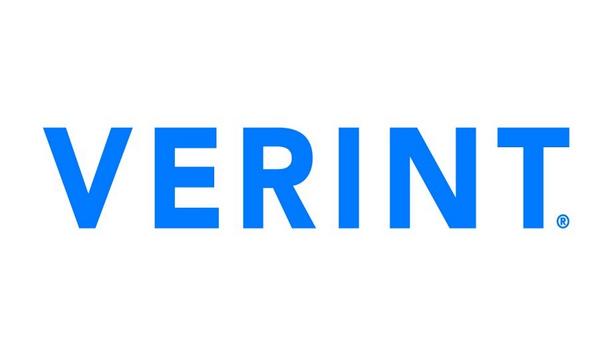Fireproofing is known in the fire safety industry as The Silent Guard. Silently and unobtrusively it stands watch, protecting a building and its inhabitants from the spread of deadly fire and smoke should the worst happen.
Also known as fire stopping or compartmentation, fireproofing is a passive form of fire protection.
Active & Passive fire protection
Active fire protection systems, such as fire extinguishers and sprinklers, protect by actively extinguishing a fire. Passive fire protection works by making the spread of fire through a building slower, more predictable, and more controllable.
Passive and active fire protection should always be used in combination to provide a holistic fire safety strategy.
Fireproofing
Fireproofing can and does save lives in a fire and there have been a number of documented case
Fireproofing can and does save lives in a fire and there have been any number of documented cases where fatalities could have been prevented had proper fireproofing measures been in place.
Fireproofing failures
One such example is the horrific blaze at Lakanal House tower block back in 2009. Three women and three young children died in the fire in Camberwell, South London, after a faulty television set caught alight in a ninth-floor flat.
Numerous failings came to light during the subsequent inquest into the six deaths, but one key issue was the seemingly random and unpredictable way the fire spread through the building. This confusion and chaos contributed to certain residents being given bad advice from emergency call handlers to stay put in their flats.
It was later discovered that the council had failed to carry out a proper fire inspection of the tower. Had they done so, they would have determined that crucial fireproofing material had been removed during work carried out in the 1980s, meaning the compartmentation that should have been in place was not.
How does fireproofing work?
At its most basic level, fireproofing aims to plug up any holes or gaps that could allow fire or smoke to pass from one room to another.
Fireproofing aims to plug up any holes or gaps that could allow fire or smoke to pass from one room to another
This means that should a fire start, it will take longer to spread through a building, will be more predictable in its spread, and will therefore be easier and safer to extinguish.
One could have the most robust fire door in the world installed in the office, but if someone drills a hole through the wall next to it to pass a cable through, then doesn’t seal up the gap around it properly, or uses cabling that isn’t sufficiently fireproof, the fire door will be next to useless at stopping the spread of fire.
Elements of fireproofing
There are three main elements to fireproofing:
- Getting rid of any gaps in walls, partitions, floors, and ceilings
- Making sure the cables, cable trays, or conduits are fireproof
- Ensuring the materials and methods used to seal the gaps are fireproof.
Even air-conditioning and ventilation systems need to be considered when fireproofing. Special fire dampers should be fitted where ducts pass through fire compartment walls or floors. These fire dampers are held open with fusible links, which break when subjected to heat, closing the dampers and sealing the air duct.
Make sure the fireproofing is vital
Fireproofing is a vital element of the fire safety strategy. It saves buildings and, most importantly, saves lives.
Expert Fire Solutions provides a range of fireproofing products and can carry out a full fire risk assessment and fireproofing service for the building.














